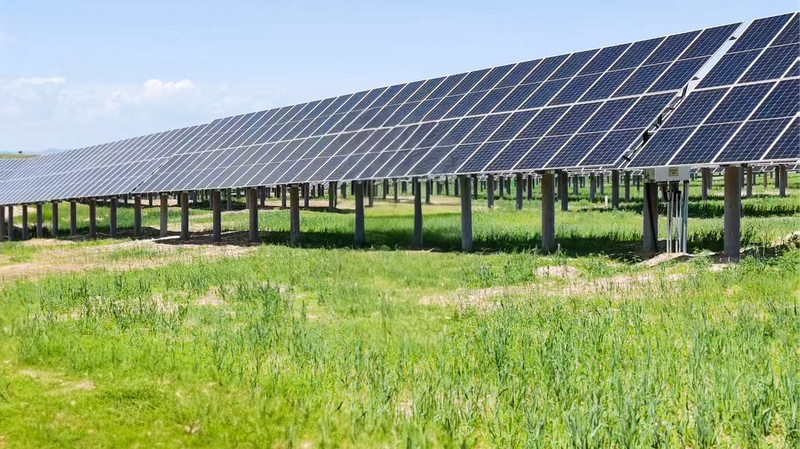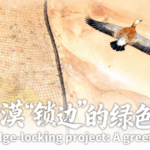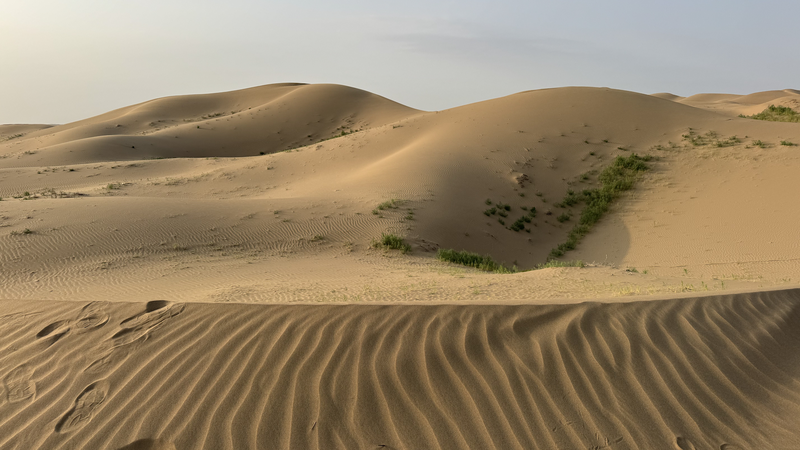Imagine endless dunes swallowing entire villages, skies choked with dust—this was the reality for many in China just decades ago. But today, the Chinese mainland leads the world in reversing desertification, turning barren landscapes into lush green havens. 🌵→🌳
CGTN’s Huang Jiyuan trekked to the Ulan Buh Desert, once a symbol of environmental crisis, now a testament to human resilience. \"It’s not just about planting trees,\" says a local environmentalist. \"It's about planting hope, one seedling at a time.\" 💪
How did China do it? Key strategies include:
- Grass Grids: Straw checkerboards stabilize sand, allowing vegetation to grow.
- Community Power: Residents joined grassroots efforts, blending traditional knowledge with modern tech.
- Solar Farms: Desert areas now host renewable energy projects, doubling as shade for fragile ecosystems. ☀️
Young entrepreneurs are also jumping in, creating eco-tourism ventures that fund conservation. \"The desert isn’t our enemy—it’s our partner,\" says a 28-year-old startup founder offering sandboarding tours. 🏂
With land degradation neutrality achieved, China’s model offers lessons for global climate action. As Huang puts it: \"This isn’t just China’s victory—it’s a blueprint for our planet.\" 🌏✨
Reference(s):
Managing the sand: A story of turning adversity into opportunity
cgtn.com







